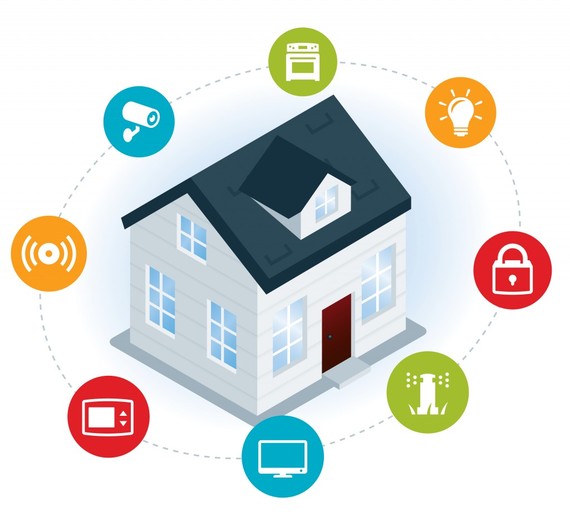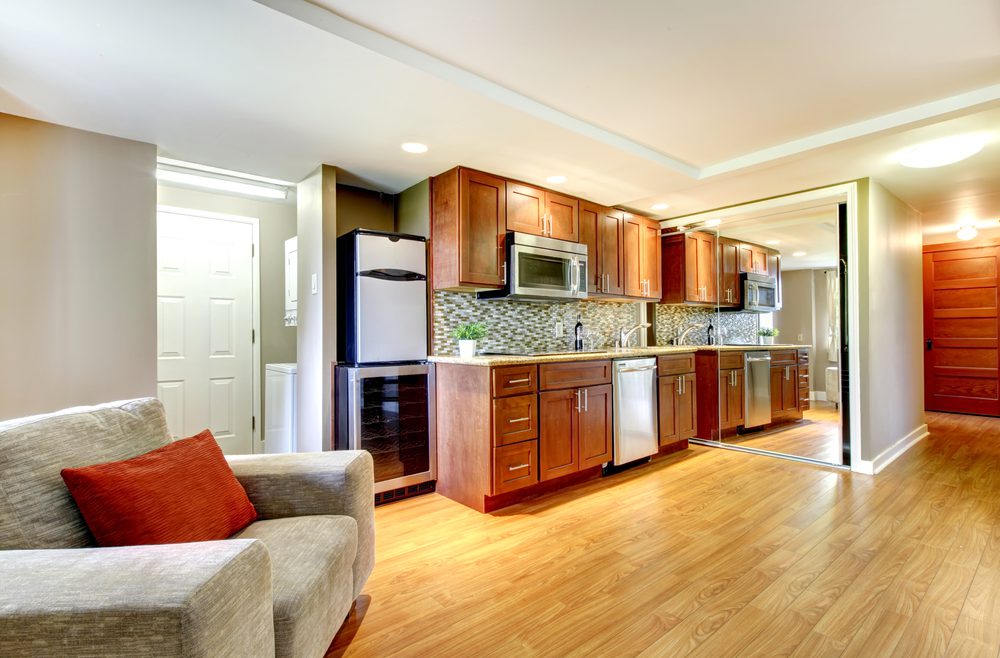Smart Home Technology and Privacy
https://imaginahome.com/wp-content/uploads/2019/01/download.jpg 294 171 Nisha Muire Nisha Muire https://secure.gravatar.com/avatar/09971b406125a2f92a37bf65b08fd3c3?s=96&d=mm&r=gWith the proliferation of smart home devices that allow homeowners to better control the functions of every life from turning on and off the thermostats, lowering and raising the blinds, turning on the coffee maker and even vacuuming your house, modern life is a lot easier than it ever was, except it does come at a price. All of these devices are collecting and logging data each time they are used. That data is transferred to a the company so that they can improve their algorithms to create better products. However, it also gives them a clear insight into your living habits. When it comes to Alex and the Google Home, both devices are constantly listening – even if they are off and seemingly not doing anything. And, both devices have been known to record conversations and, in some cases, to even send them out as file attachments!
The interesting aspect about this questions of privacy is that people who would admantly not post anything private in public, have no trouble using these technologies regardless of the reams of data that they are collecting. One of the reasons for this is that people forget about what truly makes these technologies run. And, people who would never allow a tv camera inside their homes will allow these smart home devices because they are so unassuming and unobtrusive and because they are so convenient. One survey found that when people are required to read through a privacy policy for a device, they feel secure enough to use it – even if they don’t really read through it. They trust that the company has their best interests at heart.
Toronto smart home technologies are definitely timesavers and very convenient to have around. However, they do collect plenty of data on you and, while they might be the first of the technologies of the future, it is best to be aware of what they collect and how they use the data that they get from your living patterns and habits.






